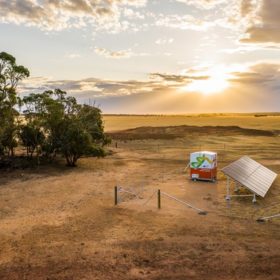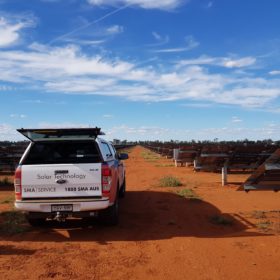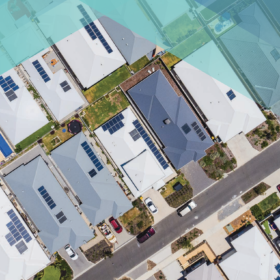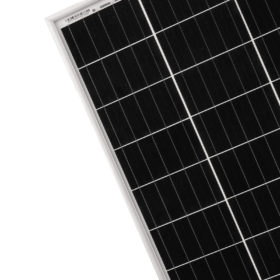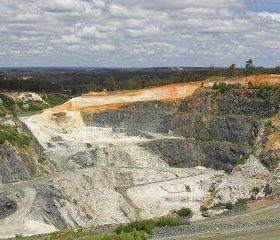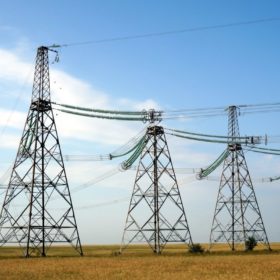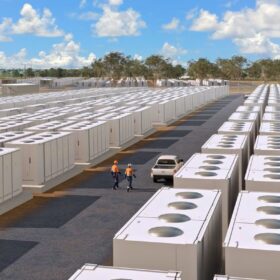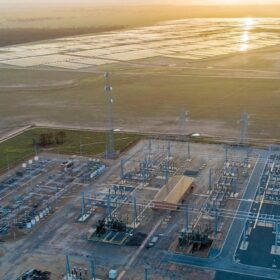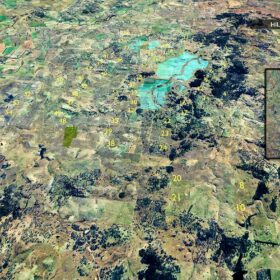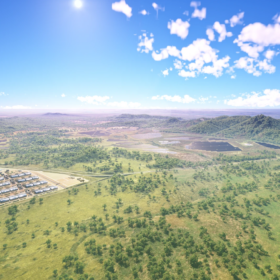Western Australia, the stand-out state for stand-alone systems
Before social-distancing became a thing, Western Australia stood apart from the rest of the country. Defined by remoteness, the state is beginning to embrace its identity, and cure itself of network headaches at the same time, with the uptake of stand-alone power systems (SPS).
New Zealand may reach 6 GW of solar by 2050
National utility Transpower said that solar could take a 9.3% share of the country’s generation mix by the middle of the century. However, real growth is only forecast to occur from 2035, with distributed generation expected to account for more than 80% of total installed PV.
Curtailment and queueing to end: SMA helps soothe West Murray woes
Good news story: After more than six months of distress and compromise in the sunny but grid-challenged West Murray region of Australia, German solar equipment manufacturer SMA has developed an inverter-based solution that allows solar farms to play in harmony, and hopefully enables a long pipeline of renewable plant to carry on connecting until the transmission cavalry arrives.
Northern Territory goes big on battery storage
Batteries are emerging as powerful enablers of renewable energy as grids Australia wide become challenged by the high penetration of renewable energy. The Northern Territory is investing in battery storage large and small, to capture the overflow of its incredible renewable resource and redirect it for the benefit of consumers.
Western Australia first to comprehensively plan DER integration
In this time of residential confinement, it seems appropriate that governments and agencies are advancing plans to enable the uptake of distributed rooftop solar resources and their integration with grid operations. A part of this much awaited movement the Western Australian Government this weekend published its DER Roadmap.
Understanding LeTID
Light- and elevated temperature-induced degradation (LeTID) of PV cells can have far-reaching impacts on the efficiency of modules. Alison Ciesla and Brett Hallam of the University of New South Wales argue that accelerated testing, such as that included in the forthcoming IEC standards, is critical for LeTID identification and quantification in order to manage these impacts.
Long read: Orchestral support for an evolving energy system
As one of the world leaders in PV+storage deployment, Australia has ample opportunity to develop a two-way energy system that could provide critical services to the grid and deliver additional revenue streams for rooftop PV and battery prosumers. Although still in their early days, some virtual power plant (VPP) projects are already proving their worth.
Northern Territory approves its first lithium mine
The Finniss Lithium Project will be the first-ever lithium mine to be built outside of Western Australia.
AEMO publishes final MLFs for 2020-21
The Australian Energy Market Operator’s final marginal loss factor report for 2020-21 provides some good news for operational large-scale solar projects delivering only smaller changes compared to those seen in preceding years. However, the reduced need for MLF adjustments came as a result of a slowdown in new project development and additional network constraints.
300 MW Rodds Bay Solar Farm finally gets the go-ahead
After several stalled years, construction of the 300 MW Rodds Bay Solar Farm in Queensland is finally imminent. Developer, Renew Estate, has been issued its Notice to Proceed under its connection agreement with Powerlink Queensland.
